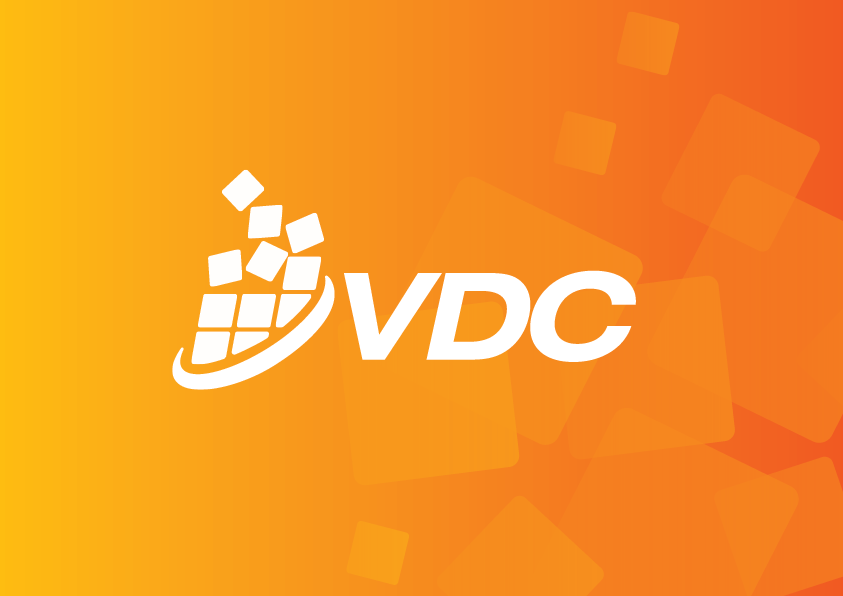
New Zealand is posing new ideas for tertiary education. It’s seeking an innovative balance student interests, provider innovation, economic demands and social needs.
Last November, the NZ Government tossed and interesting brief to the NZ Productivity Commission – investigate how trends in technology, internationalisation, population, tuition costs and demand for skills may drive changes in models of tertiary education. Quite a big investigatory task which has produced sprawling draft report, New models of tertiary education (402 pages).
The report covers all aspects of tertiary education from VET to adult education and higher education. It provides valuable background information about the NZ system which makes it a little easier to get a sense of what might apply this side of the Tasman. And there are some big differences. For example, the percentage of tertiary students studying part time is close to 45 per cent – in Australia it’s about 35 per cent.
Rethinking quality regulation and information
There is a focus on quality throughout, and the tricky question of what constitutes quality in tertiary education isn’t resolved definitively – if it was it would be a remarkable feat. Instead, the Productivity Commission recommends that NZ’s quality assurance regime be thoroughly reformed so that it ‘encourages innovation, takes a risk-based approach, and enforces minimum standards of quality’ (Recommendation 12.3).
Recommendation 12.2 proposes that the regulator and tertiary providers should collect data on the actual quality of students’ tertiary education experience because it can be used to ‘ensure compliance with minimum standards and verify promises made by providers.’ This goes well beyond the kind of data that you find on the MySkills website. It’s about finding innovative ways to give prospective students and employers a strong sense of confidence in the quality of training on offer. Among the innovations the Commission has in mind is:
… the use of trained individuals posing as students to assess aspects of the tertiary education experience such as enrolment processes, and advice and support services. Random inspections could gauge course material quality, and the relevance of feedback on assessed work. Such tools confirm delivery on promises made, and offer early opportunities to address inadequacies.
Recommendation 12.4 goes further regarding data:
The Ministry of Education and the Tertiary Education Commission should prioritise analysis of the value-add of tertiary education, including at provider level and by ITO. It should identify what kinds of study, at what providers, result in the best outcomes for different groups of students – including comparisons between provider-based and ITO-arranged training. It should publish this information for use by students, parents, providers, ITOs and purchasing agencies.
(Acronym watch: ITOs, or Industry Training Organisations, are like a blend of Australia’s Industry Reference Committees and Skills Service Organisations. ITOs ‘facilitate workplace learning for trainees in employment by setting national skill standards for their industry, developing appropriate training, and monitoring the quality and assessment of trainees.’)
The quality of teaching attracts attention too, with Recommendation 12.16 proposing that tertiary education providers should collaborate to develop and adopt frameworks of standards for tertiary teaching. This is not about regulated standards; it is about professional standards.
Encouraging innovation by freeing up the system
Recommendations include ideas that directly challenge existing careers advice provision, pathways and provider business models. For example, the Commissions recommends that:
Students should be able to mix and match courses from different providers. The funding and regulatory system should not penalise providers for participating in such arrangements. (Recommendation 12.6).
Recommendation 12.17 suggests the NZ Government should ‘relax its statutory requirements for research-led teaching of degrees’ – the kind of requirements that apply in Australia under TEQSA’s watch. An interesting proposition in Recommendation 12.28, which presumably would make it easier for Australian providers to enter the NZ training market, is that:
Government should approve for New Zealand those providers and courses approved in jurisdictions with which NZQA has mutual recognition agreements, or in other jurisdictions where the New Zealand government is satisfied with the quality assurance arrangements.
The NZ Productivity Commission plans to land its final report on 28 February 2017. Up until 21 November, the Commission welcomes submissions on its draft report findings and recommendations. You can follow progress on the inquiry’s webpage.








